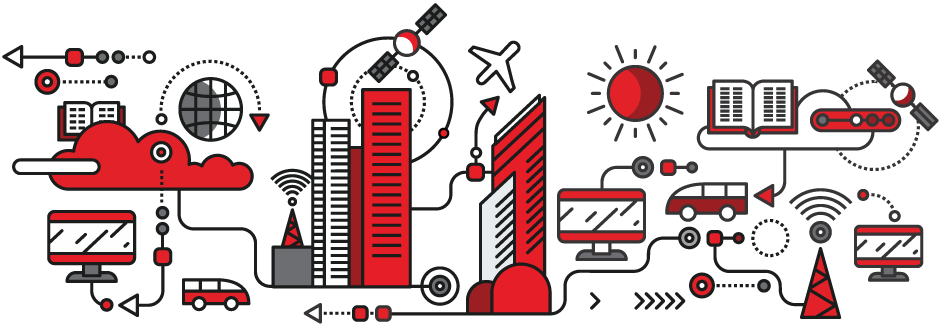Urban Transport &
Logistics: INTRODUCTION
“With rising city populations and over 60% of all travel taking place in urban areas, there is an enormous opportunity to leverage new and innovative solutions ”
With rising city populations and over 60% of all travel taking place in urban areas, there is an enormous opportunity to leverage new and innovative solutions to improve the flow of people and goods and rapidly address some of society’s greatest challenges.
Over the past two decades, delivering goods has become a critical challenge in congested cities, resulting in painful and expensive logistics bottlenecks. The cost of congestion now in terms of time wasted in traffic and fuel consumption has risen to unmanageable levels, almost 200% more than what it was in the 1990s.

Congestion is only a part of the problem. Pollution, lack of parking, crowded public transport and warehousing costs are among the many factors contributing to the economic cost of urban transport and logistics.